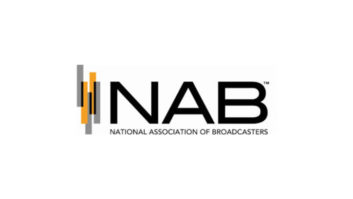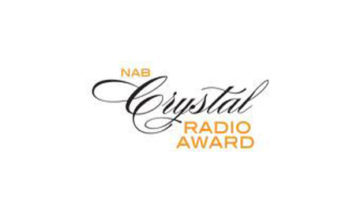The head of government relations at the National Association of Broadcasters says the AM for Every Vehicle Act remains “very much in the mix” during the lame-duck period in Washington.
NAB’s Shawn Donilon, speaking during a webinar last week, said the legislation still has momentum, even though this session of Congress is nearing an end.

The bill would mandate AM capability in new vehicles made and sold in the United States, as well as vehicles manufactured abroad that are sold in the U.S.
It would require the secretary of transportation to issue a rule mandating access to AM broadcast stations in motor vehicles.
“I think if we would have had three more months of this Congress, we could easily have gone to the House floor and sent a House-passed bill over to the Senate. We have that much momentum,” Donilon said.
He says the nature of work done during the lame-duck session will be shaped by who remains in leadership as well as who will be in leadership in the next Congress.
“That is a very critical contour as to how they wrap up end of Congress business, or if they simply kick the can down the road and punt things down the road to the next Congress,” he said.
With the GOP’s sweeping victories in November, Republicans will control the White House and both chambers of Congress.
Donilon said there are “fierce debates” among GOP members about how to handle the last few weeks of session. “President-elect Trump also has a voice in that,” Donilon said.
He said the bill continues to meet resistance from automakers and other technology industries. “However, we’ve had over 700,000 AM listeners contact their members of Congress about the importance of AM radio.”
The auto industry has said it would cost carmakers billions of dollars to keep AM radio in electric and gas combustion vehicles and would stifle new technology innovations.
There are options to get the AM bill passed in lame-duck, Donilon said. It could be tied to another bill, for instance.
“An appropriation vehicle is one. A supplemental appropriations package dealing with some of these recent disasters is another. Then there is an outstanding National Defense Authorization Act that will have to be addressed,” he said.
“Those are three key major pieces of legislation that we are discussing actively with our champions, the committee leaders as well as the four corners of congressional leadership, saying ‘Which of these can be the home for the AM Radio bill?’ to get it attached to and get it across the finish line. Those are the main options at this point.”
The House (H.R. 8449) and Senate (S.1669) versions have received bipartisan support. At present, they have 260 cosponsors in the House and 63 in the Senate. The bills have passed out of their respective committees of jurisdiction, Senate Commerce and House Energy and Commerce year.
Donilon mentioned the significant contributions of AM radio during recovery efforts in the southeast United States after recent hurricanes.







